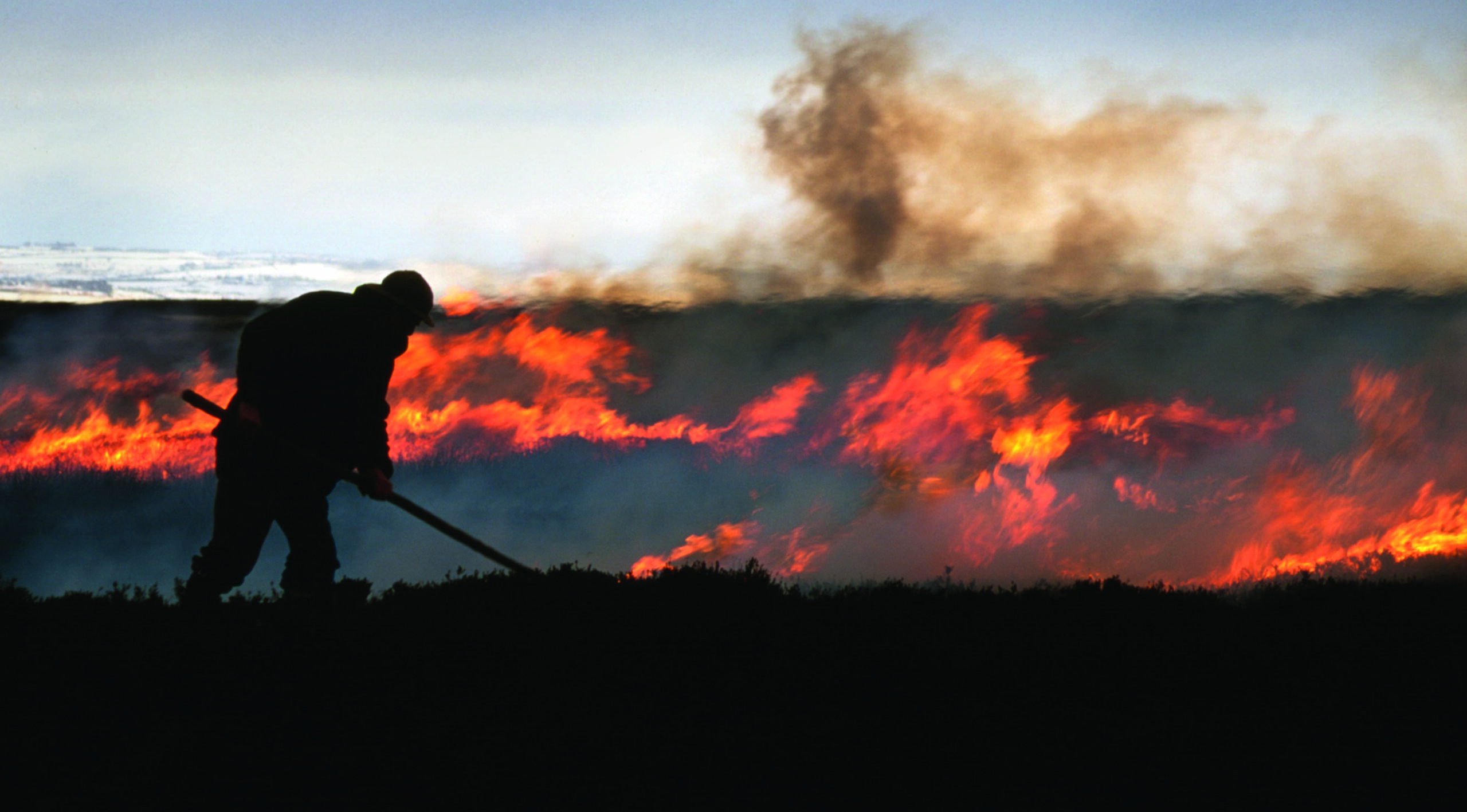New research supports gamekeepers viewpoint
A new study by the Game & Wildlife Conservation Trust (GWCT) has provided gamekeepers with a valuable insight into the reasons behind the failure of pheasant nests.
The study, Fate of Pheasants, which was recently published in the international ornithology journal Ibis, involved the charity undertaking one of the largest radio-tracking studies of pheasants to-date.
The results reveal that, along with many other ground-nesting birds such as lapwings, skylarks, corn buntings and yellowhammers, pheasants suffer from high levels of nest predation a fact keepers are already familiar with.
Dr Roger Draycott, an ecologist with the GWCT, explained: Though recent studies show that predation is usually the most important cause of nest failure, the identity and relative importance of different predators is often unknown.
To identify which animals predated the nests, researchers attached radio transmitters to 900 hen pheasants on six study sites and tracked them over a 15-year period.
This provided detailed data on nesting and the causes of failure of nearly 450 nests.
The study found that, though 34% of pheasant clutches hatched successfully, 43% were lost to predators. A further 10% were abandoned completely and 5% were destroyed by farming operations.
The remaining nests failed due to a range of other causes, including flooding.
The rest of this article appears in 25 September issue of Shooting Times.
What is YOUR opinion?
Join other ST readers in our forums to discuss your views.
Like this article? Mark this page on a social bookmarking website…
![]()
What are social bookmarking sites?








